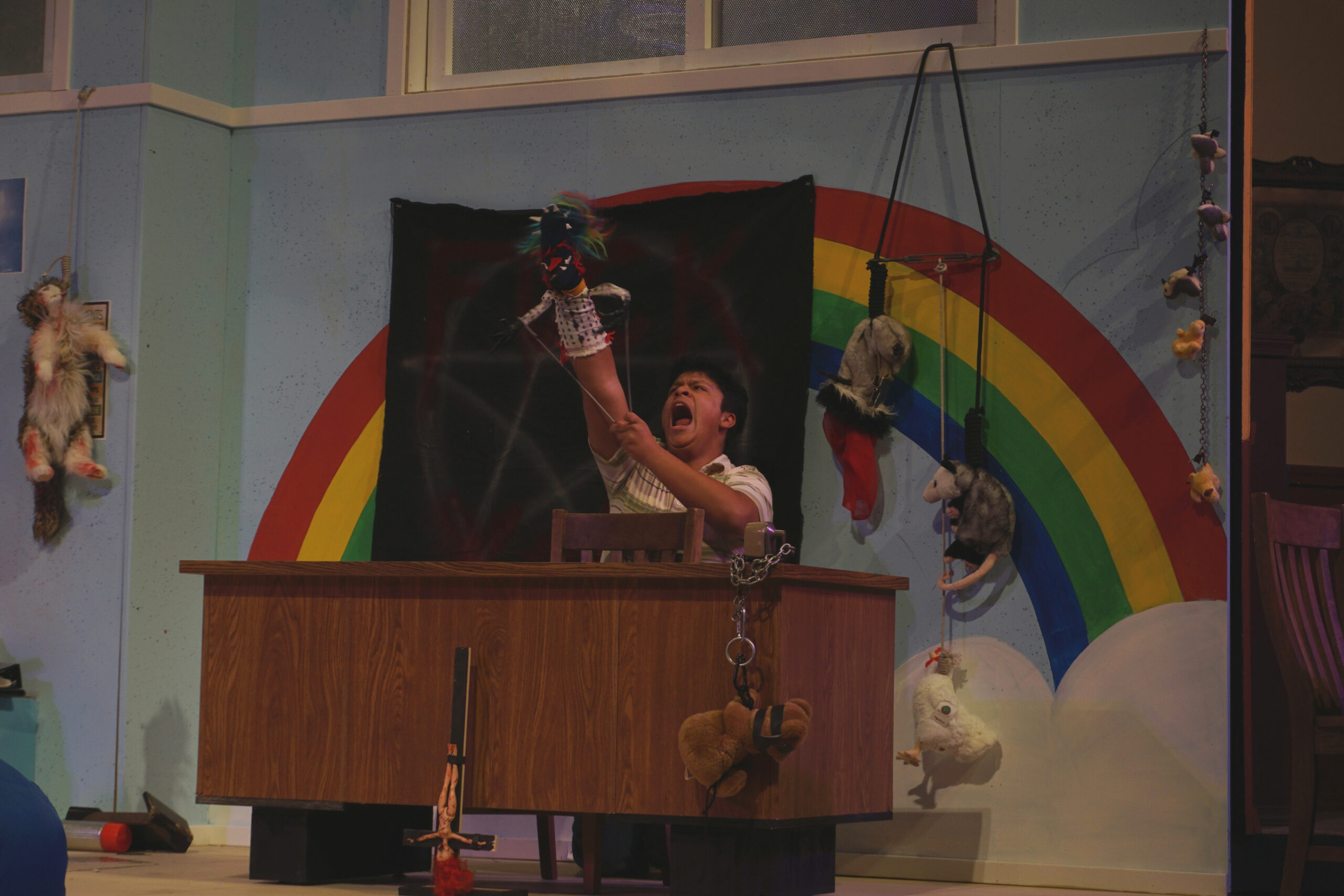Meramec’s literary magazine has a new advisor and a new direction.
BY: JACOB POLITTE
Managing Editor

Professor Maxine Beach is out, and Professor David Taylor is in.
Following Beach’s move to the Florissant Valley campus this semester, Taylor has taken the mantle as the faculty advisor of the longstanding Meramec literary magazine. He has been a part of the English Department faculty at Meramec since 2004, and is excited for what the future holds for the longstanding literary magazine.
The first issue of Currents was published as early as 1967; the latest issue was published last spring. Taylor says that the typical process of producing and creating each issue of the magazine begins with asking people to submit pieces toward the end of a semester. Once they get the submissions, the editorial board makes the decisions on which pieces they want to publish, and which ones they do not. The editorial board is composed entirely of student editors.
Currents is student-led, and currently has four students on its staff. Taylor’s role as a faculty adviser is mostly as a facilitator.
“My role as faculty adviser is just to make sure that we’re meeting those target deadlines that we’re needing to,” Taylor says. “If there’s some questions about copyright or ethics or something like that, I can help out with that. But it really is a student-run magazine.”
The editorial board is different in every issue, or every couple of issues, Taylor says. They decide if they want to publish it as is or, as Taylor says “they’ll reach out to the author and see if they want to adjust a couple of things in their work to make it stronger.”
Taylor then says once those pieces are locked in, the “order of everything” in the book starts to come together.
“In the past, it was kind of just the faculty adviser using InDesign creating the magazine, but Professor Beach started working with the graphics and design department. Once we figure out that issue, then we get it over to those students, and then they actually create the issue, and put in the graphics and designs, and then they send it to the printer.”
That printer, which Taylor says is off campus, prints out a test copy. “We’ll look over it, and say ‘Yes, it’s good’ or ‘Here’s what needs to be changed’ [before publication].”
Taylor says that the stories that will be published in this next issue of Currents mostly surround the themes of “rebellion, interruption, intermission and relationships.” These themes for each issue largely are decided at the discretion of the editorial board, but those decisions largely take shape based on the kind of submissions that are received.
“Usually what happens is that you find a theme emerging from the submissions,” Taylor says. “So it kind of develops naturally that way. Now that we are working with the graphic design students and Professor Swoboda, they actually wanted some themes that we could give them that they could then kind of work with and come up with some designs and illustrations that relate to those themes. So it kind of worked hand-in-hand; that’s not always necessarily the case but I think going forward it will be because it helps those graphic design students with the process.”
Taylor also says that one day he hopes to have the library of Currents issues archived in some sort of digital form.
“I want to make sure that history isn’t lost,” Taylor says. “Currents has been around almost as long as the college has been around.”
The next issue of Currents will be available near the end of the Spring semester.











